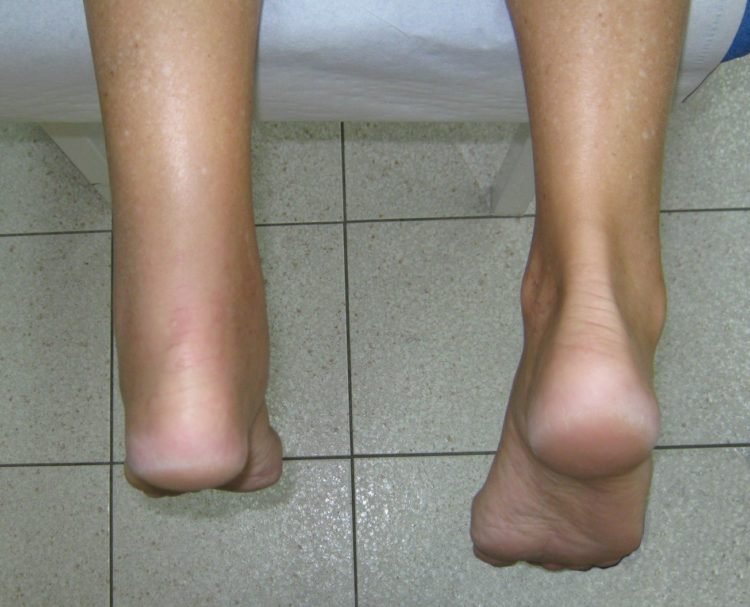Pregnancy and overworked feet are often common culprits to swollen feet. However, there may be another explanation behind your swollen feet and legs. There are several conditions, in fact, that can cause swollen feet. And you should note, some of those conditions are extremely serious.
So, instead of ignoring your swollen feet, first make sure there isn’t something going on that needs immediate medical attention.
Here are some of the most dangerous causes of swollen feet:
Cause #1: Deep Vein Thrombosis
According to the Mayo Clinic, “Deep vein thrombosis (DVT) occurs when a blood clot (thrombus) forms in one or more of the deep veins in your body, usually in your legs.”
DVT causes pain and swelling in your legs as well as your feet. And what’s more, it can be dangerous. Here’s the issue: if the blood clots break loose, they can travel through your veins and into your lungs. That can lead to a blockage of blood flow, which can cause a pulmonary embolism.
If you have any reason to believe you have DVT, seek medical attention ASAP. It is a serious condition.
Cause #2: Achilles Tendonitis
Achilles tendonitis is a common condition, according to the American Academy of Orthopaedic Surgeons. Potentially, it can cause pain in the heel and back of the leg.
Furthermore, achilles tendonitis can also cause swelling, primarily in the heel and ankle areas.. The swelling could be a constant, but is likely made worse after exercising or engaging in physical activity.

Cause #3: Osteoarthritis
Osteoarthritis, known as “wear-and-tear” of the body, is the most common form of arthritis. It has to do with the breaking down of cartilage, and is age-related.
Osteoarthritis in the feet and ankles can cause pain, tenderness, stiffness, and swelling. Individuals who suffer from this affliction may find it difficult to walk or put much weight on their legs.
Cause #4: Heart Failure
Heart failure signs can often be subtle, such as swelling in the feet.When the feet swell due to heart failure, it’s because of a buildup of fluid, known as edema. According to the American Heart Association, this fluid retention can cause swelling in the legs, feet, and ankles.

Cause #5: Lymphedema
“Lymphedema refers to swelling that generally occurs in one of your arms or legs,” says the Mayo Clinic.
Common symptoms of lymphedema include aching, discomfort, recurring infections, a tight or heavy sensation, and swelling in part or all of your limb.
Lymphedema in your leg can cause severe swelling in the ankle, foot, and toes.
Cause #6: Cellulitis
According to the U.S. National Library of Medicine, “cellulitis is an infection of the skin and deep underlying tissues.”
Left untreated, cellulitis can be potentially life-threatening. It can cause your skin to become swollen, red, and tender, and the area may also feel hot to the touch.
While this condition can occur anywhere on the body, more often than not it affects the lower legs.

Cause #7: Gout
Gout is one of the most painful forms of arthritis. It occurs when too much uric acid builds up in the body.
Many people first notice symptoms in their big toe, but it can also affect ankles, heels, insteps, knees, wrists, fingers, and elbows.
Common symptoms of gout include pain, redness, stiffness, heat, and swelling.
Cause #8: Foot Bursitis
Bursitis is a condition that affects the fluid sacs that cushion your bones, tendons, and muscles. It most often affects shoulders, hips, and elbows, however it can also affect knees, heels, and big toes.
Bursitis will make the affected joint feel stiff and achy, and it will appear red and swollen. Additionally, it will hurt when you move it or press on it.